See Where Kamehameha Became King
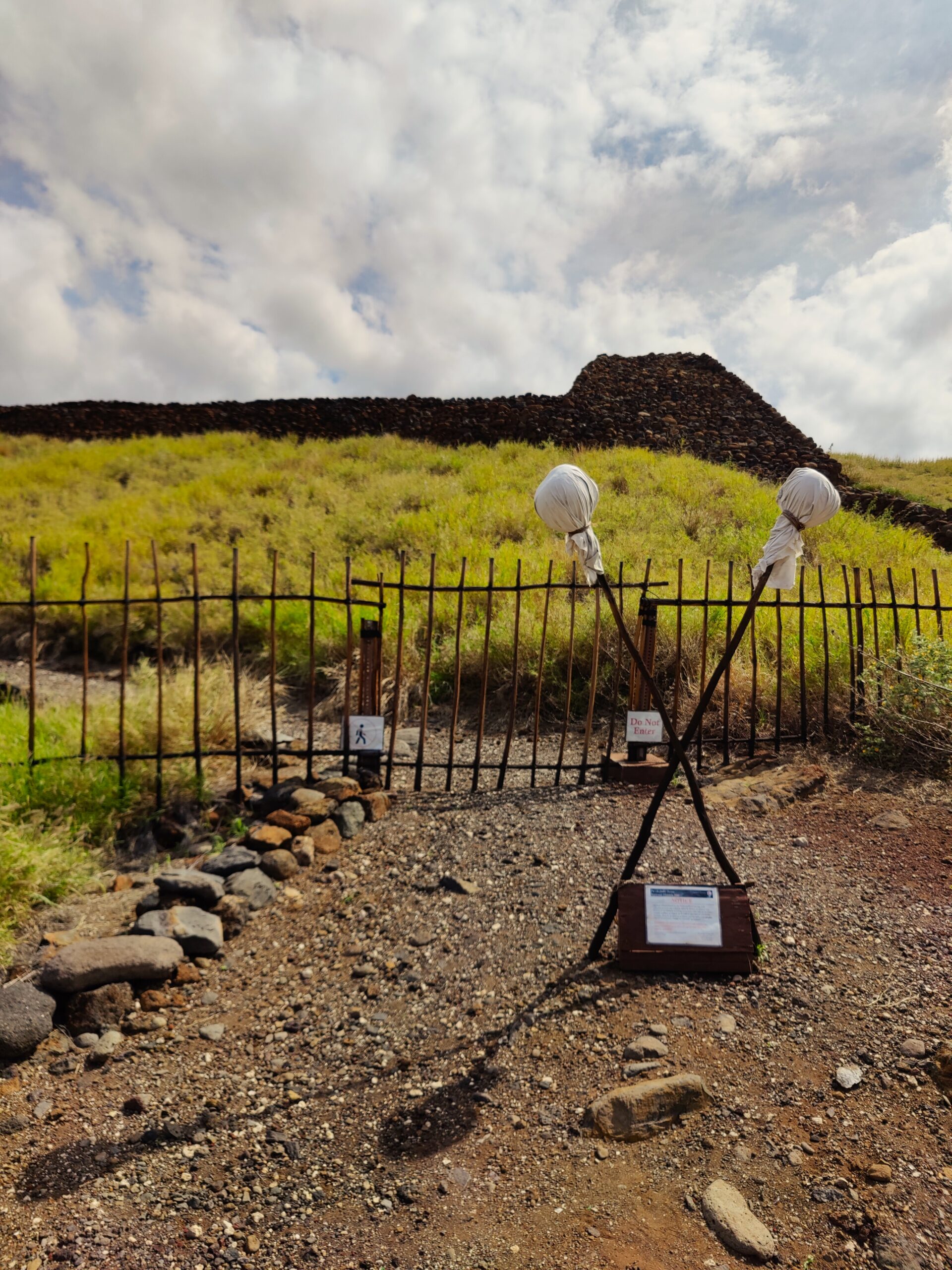
See where a Hawaiian man became king. That’s just one of the things that you can do at Pu’ukohola Heiau National Historic Site. The Hawaii historic site is located on the Big Island of Hawaii.
It was here that Kamehameha, united the Big Island and became king of the Hawaiian islands.
The Heiau (a temple or place of worship) is replete with a fascinating history and drama that makes most Hollywood movies look tame.
Read on to see what you can see and do at Pu’ukohola Heiau National Historic Site.
Making a King
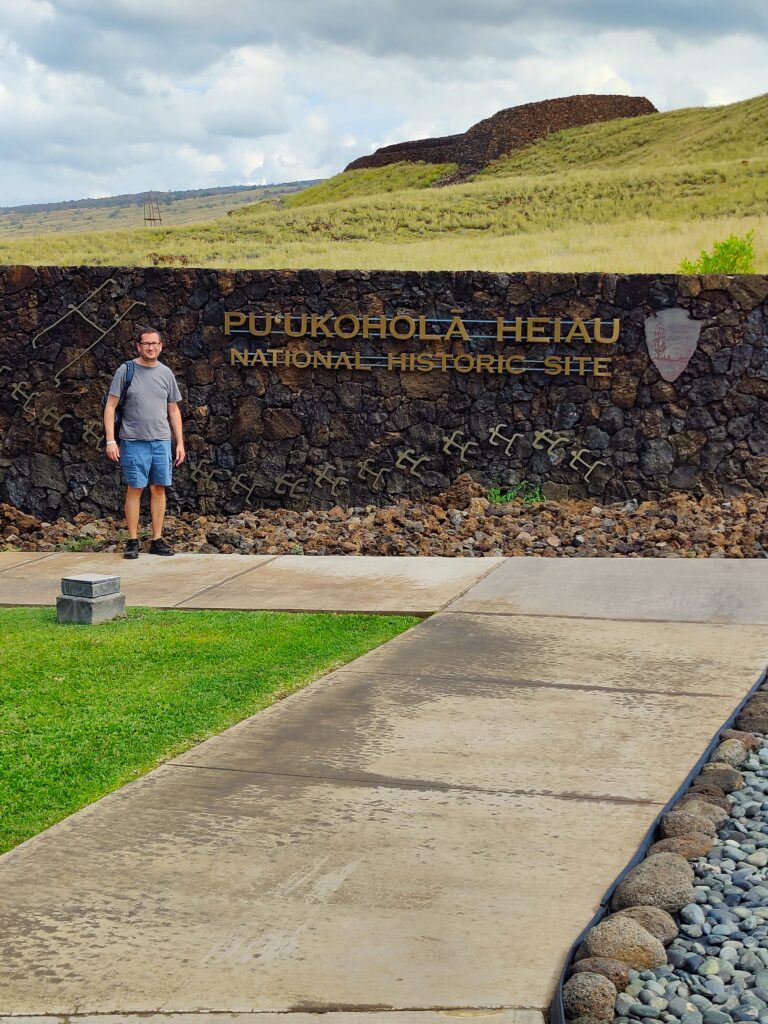
In the late 1700s, Hawaii Island (the Big Island) was in the midst of a civil war. Kamehameha, born on the island’s north side, battled his cousin, Keoua Ku’ahu’ula, the warrior chief of the island’s south side.
The one who won the war would lead the entire island. Kamehameha emerged victorious, claiming control of the Big Island, and so becoming king of the Hawaiian Islands.
You learn of Kamehameha ascendency to power at the Pu’ukohola Heiau National Historic Site.
Why Build Pu’ukohola Heiau?
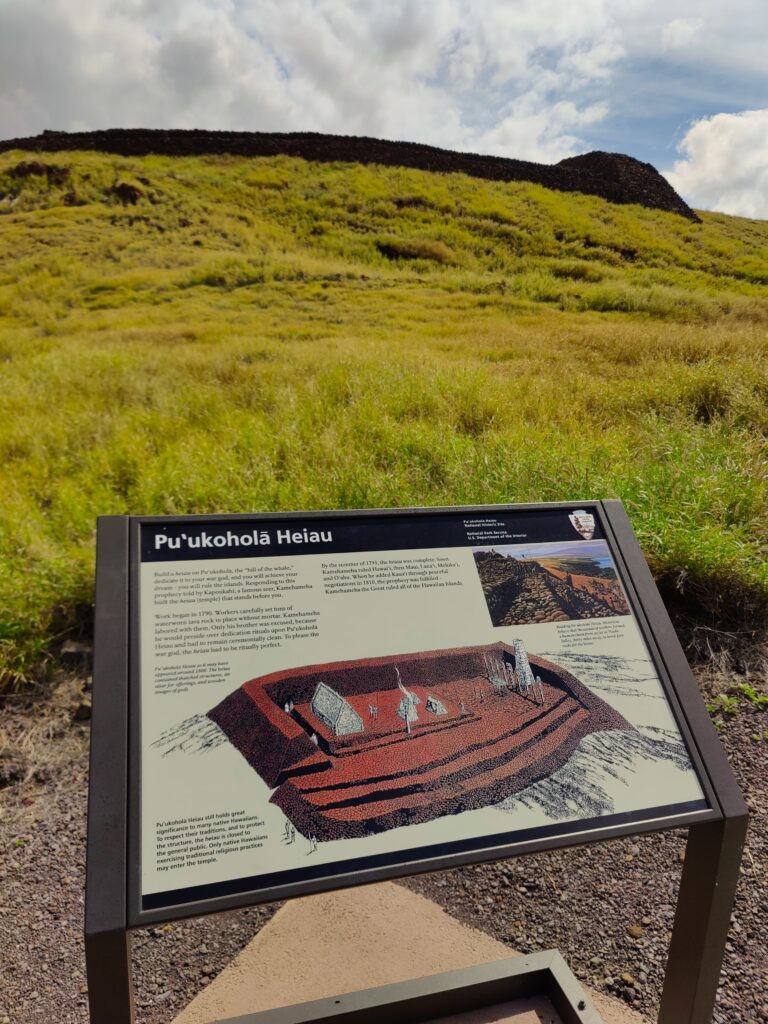
In the late 1700s, Kamehameha was at war with his cousin. Kamehameha, according to legend, was destined to be king. He grew up aware of the prophecies telling his rise to power.
So, while struggling with his cousin for control of the Big Island, Kamehameha also asserted his power elsewhere. The future king journeyed to neighboring islands of Maui, Lanai, and Molokai and quickly won control of those islands.
However, while away, cousin Keoua reclaimed territory on the Big Island. Kamehameha sent his aunt to a prophet to learn what could be done.
The prophet claimed Kamehameha would rule all of the Hawaiian islands if he built a heiau (a temple) on the hill of the whale (Pu’ukohola).
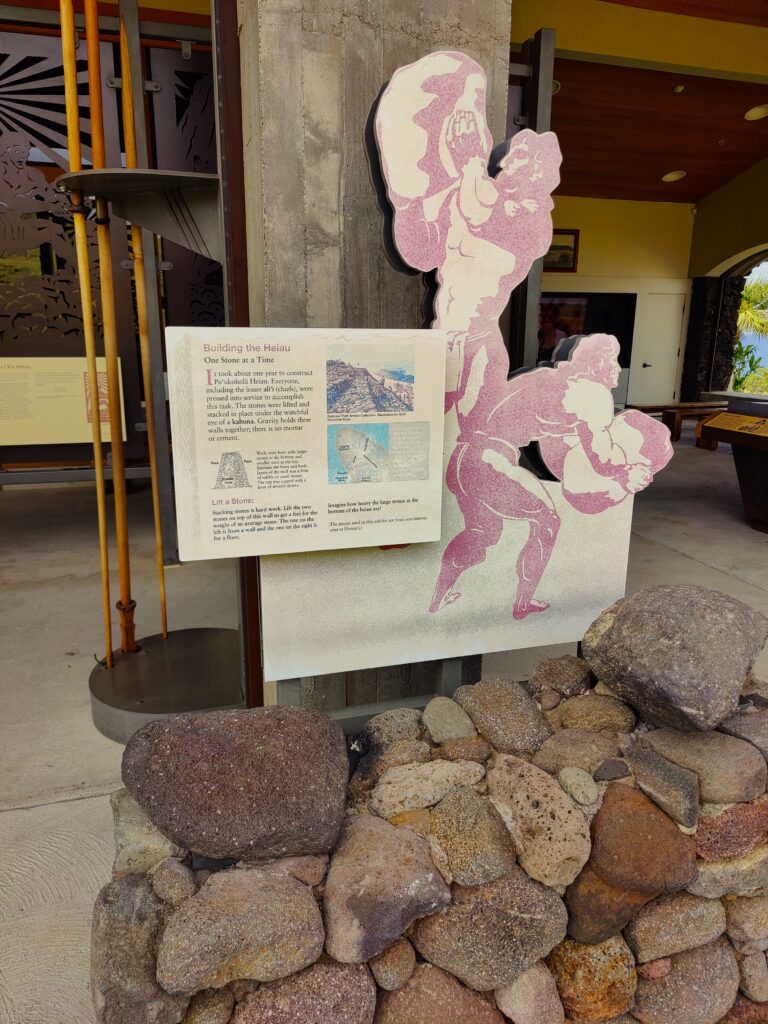
Kamehameha took the prophecy to heart, and set out to build the largest and one of the last heiaus built in the islands in 1790. He made the prophet the chief architect and followed the instructions in the prophecy to a “T.” This did involved transporting water-worn lava rocks by a human chain at least 20-miles long.
The heiau honors Ku, the Hawaiian war god. But, construction was arduous threatening Kamehameha’s claims to power. During construction, the kings of Maui, Molokai, Oahu and Kauai rebelled. The rebellions threatened his claims to power. The future king temporarily suspended construction, quelled the rebellion, and resumed work on the temple.
Construction concluded in 1791. ‘
It was then time to dedicate the temple.
A Sacrificial Dedication
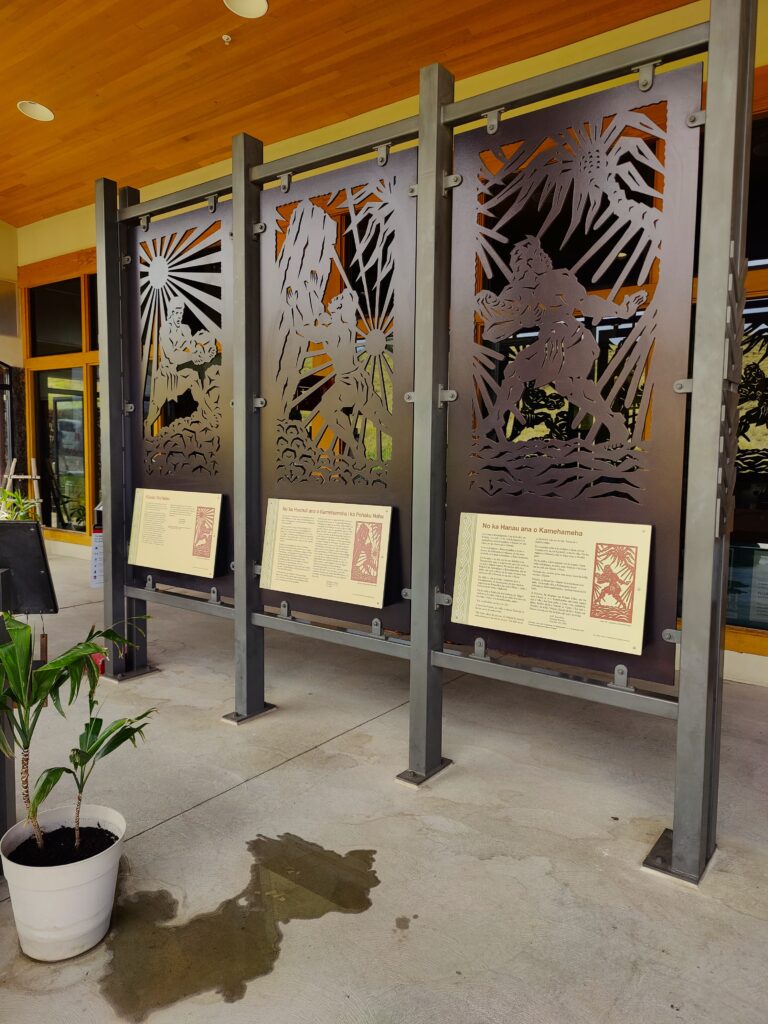
For the temple dedication, Kamehameha invited his rival cousin, Keoua, to the ceremony.
Word reached the leader of the south. Advisers warned him not to go. Kamehameha was laying a trap for him, and he would not return alive.
The warnings were true.
The dedication of the temple to Ku required an unblemished human sacrifice. Kamehameha and his men aimed to make Keoua that sacrifice.
Keoua knew that he was walking into a trap. He knew that he would lose his life. But he still journeyed to the heiau. On the evening before reaching Pu’ukohola Heiau, Keoua left his men to be by himself.
While alone, Keoua did the only thing left in his power to thwart Kamehameha. He mutilated himself, so that he would no longer be a pure, whole sacrifice.
The next morning, Keoua completed the journey to the heiau. Kamehameha opened his arms to welcome his cousin once he left his boat. However, the future king’s men quickly ran to Keoua and killed him, providing the temple sacrifice.
The sacrifice, however, was not a whole sacrifice. Some conjecture that Keoua’s actions did indeed thwart Kamehameha’s ascendency to power. ‘
After the temple dedication, Kamehameha was the sole leader of the Big Island. He reasserted control of the neighboring islands of Maui, Lanai, Molokai, and Kaho’olawe. He soon conquered Oahu. But, he failed to conquer the islands of Kauai and Ni’ihua. Maybe Keoua’s mutilation did indeed hamper Kamehameha’s dreams.
Finally, in 1810 the king of Kauai peacefully negotiated a deal with Kamehameha. He was now king of all of the Hawaiian islands.
Pu’ukohola Heiau Visitors Center
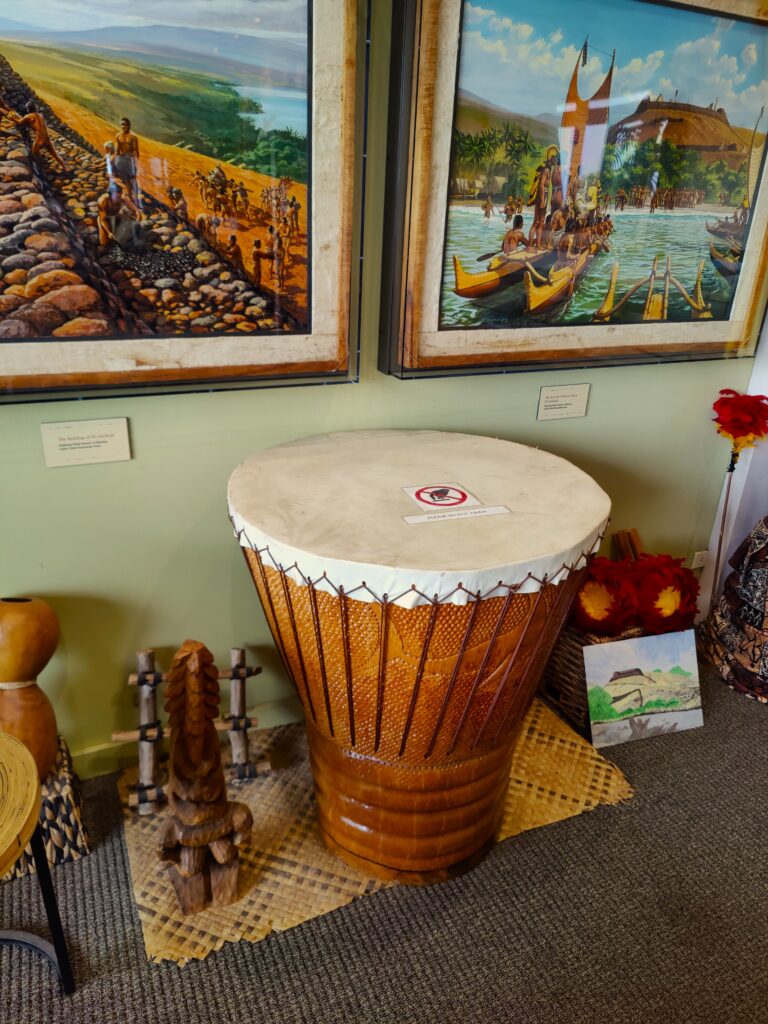
The National Historic Site is located on the Northwest side of the Big Island of Hawaii. It is about a 15 minute drive from the major resorts in Waikoloa.
The heiau is near the ocean. It overlooks a popular spot for viewing whales during the winter months. In fact, Pu’ukohola translates to hill of the whale.
At the site, you find a visitors center. The visitors center teaches about the Hawaiian culture. Here you also learn how the heiau was built. And, of course, you can get your U.S. National Park’s Passport Book stamped.
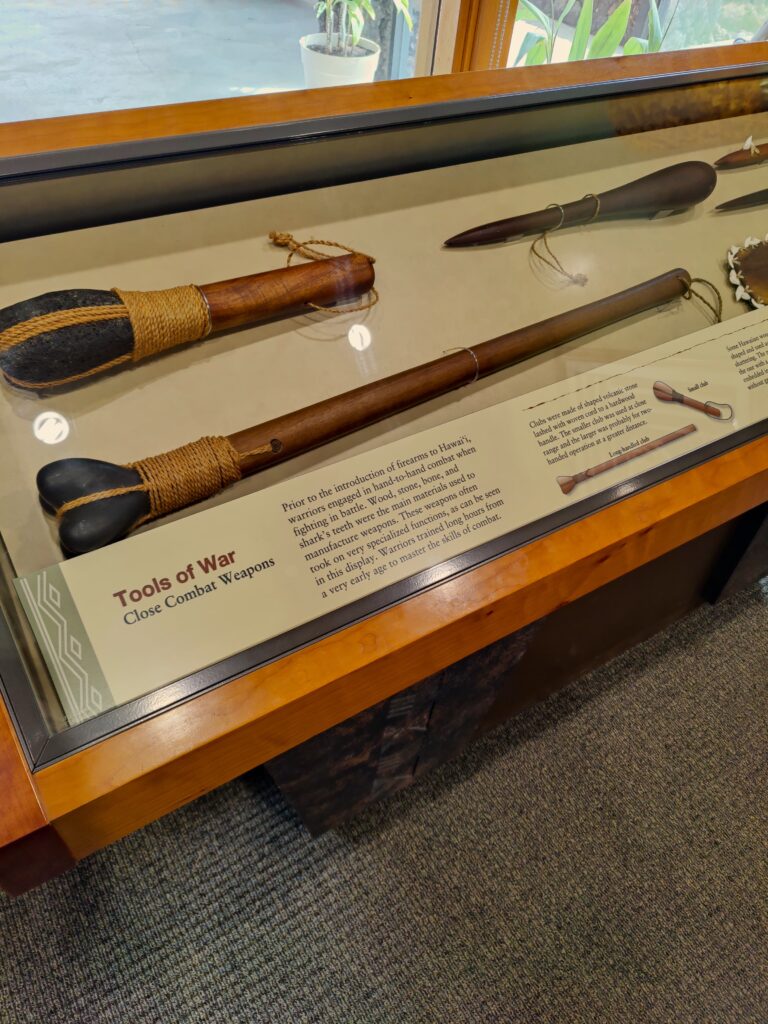
But, the video telling the story of Kamehameha and Keoua should not be missed. The film is about 20 minutes long. It is well worth the time invested to watch it. Each family member watched the video. We all were absorbed in the dramatic story of the rival cousins and the sacrifice Keoua knowingly and willing made.
It is not everyday that I would recommend spending time at a National Park site watching a video. I am telling you, you do not want to miss this video.
Trail to the Pu’ukohola Heiau
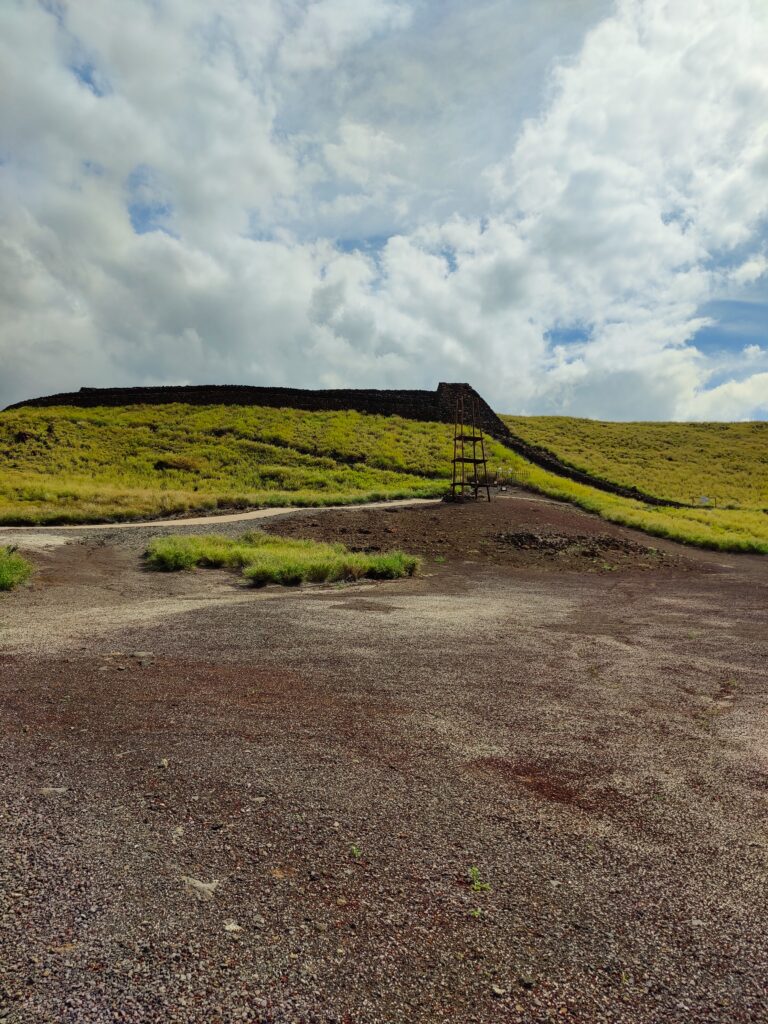
Outside the visitor’s center is a short walk to the Pu’ukohola Heiau and the older Mailekini heiau. There also is a third heiau at the site, but it is a submerged temple dedicated to the mano (shark), believed to be a deity. This third heiau has been under water since the 1950s.
The Pu’ukohola Heiau is impressive. It measures 224 feet by 100 feet. The structure does not contain mortar. The lava rocks, submerged in ocean water, fit perfectly within each other.
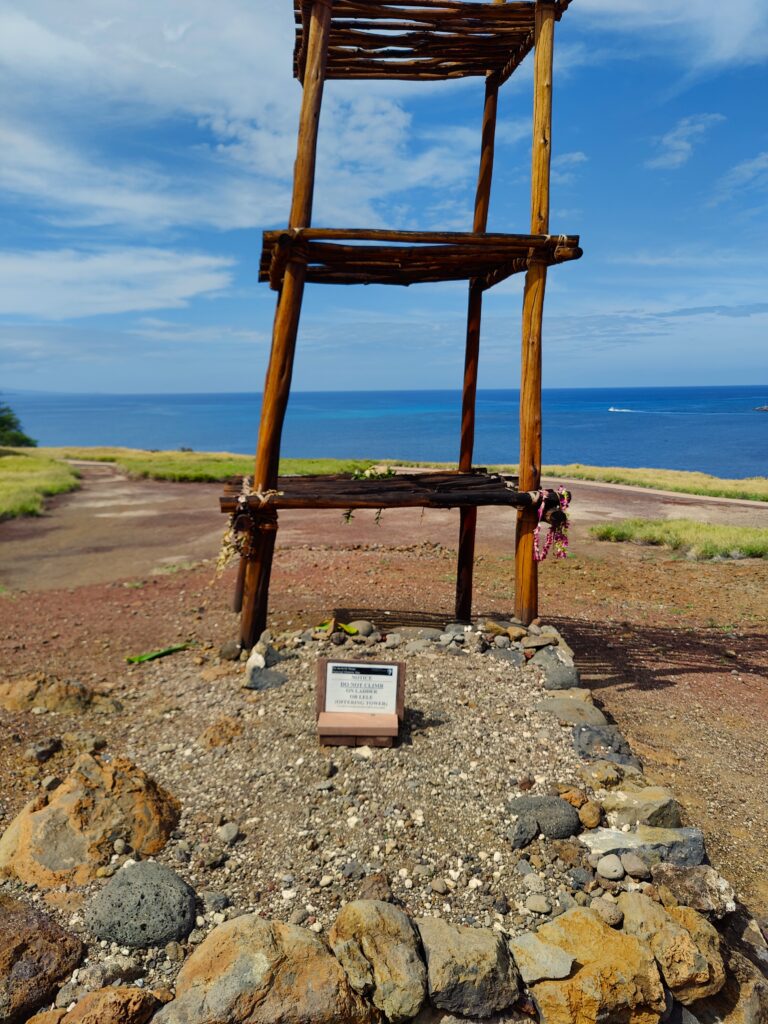
Near the temple is an altar still used for cultural ceremonies in the park.
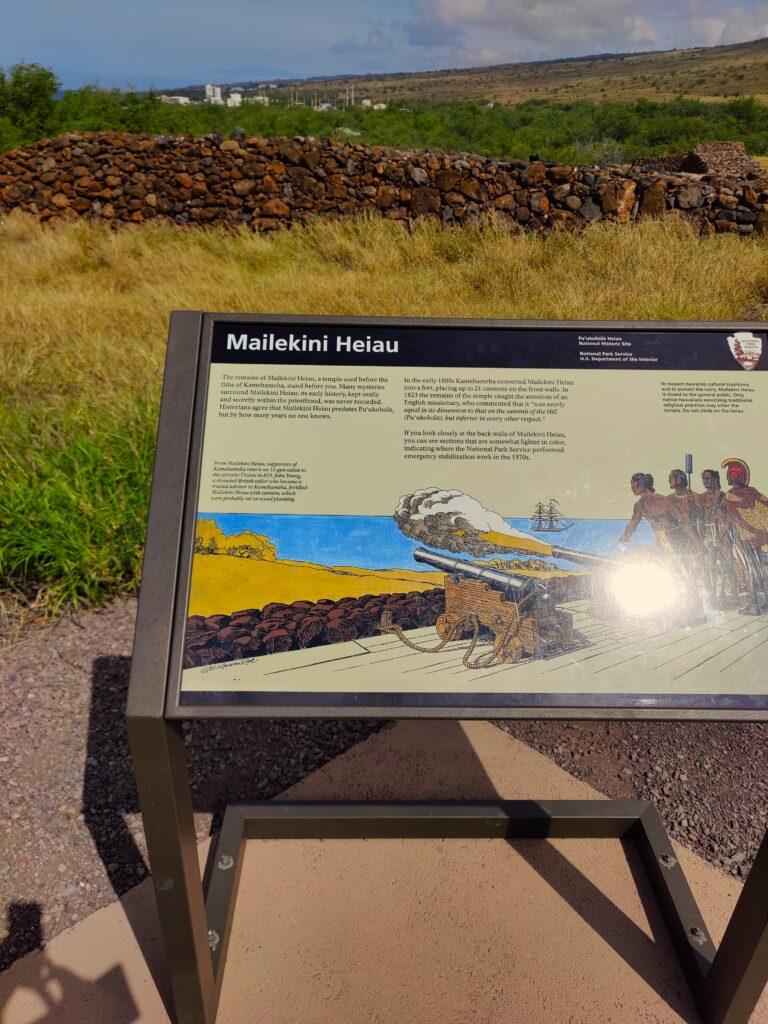
Downhill from Pu’ukohola Heiau you find the remains of the Mailekini Heiau, a much older temple possibly used as a war or agricultural temple. Kamehameha transformed the heiau to a fort.
You also find a stone leaning post near the Mailekini Heiau.
The Ala Kahakai Trail
The National Historic Site contains a small portion of the 175-mile Ala Kahakai National Historic Trail. The trail, established in 2000, is designated for the protection, preservation and interpretation of Hawaiian culture and natural resources.
Homestead
Outside of the main grounds of Pu’ukohola Heaiu, you also can visit the site of John Young’s homestead. Young, a British sailor, was stranded on island in 1790. He became a trusted advisor to Kamehameha. The king eventually appointed Young governor of the island. Young married Kamehameha’s niece. His granddaughter was Queen Emma, wife of Kamehameha IV. We did not visit the homestead, but plan to do so on a future trip.
Our Take
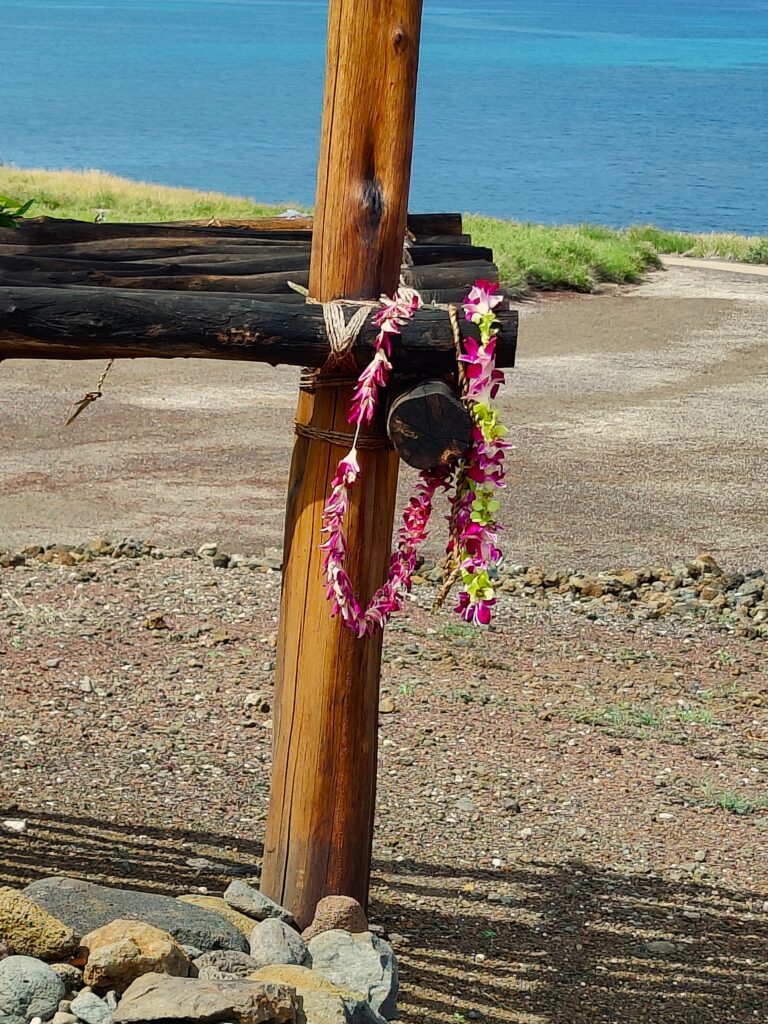
Our visit to the site was spontaneous. We took a short trip to Big Island and focused most of our time at Hawaii Volcanoes National Park.
On the morning of our departure, I saw how close the site was to our resort. After consulting with the family, we decided to visit the site before catching our flight.
We are so glad we did.
This was the highlight of the vacation for each family member.
We were mesmerized by the video story about the heiau. I worried our kids would be bored with the video. That was not the case.
We also had opportunity to spend a good deal of time with a Park Ranger, talking about the site. The site is remote and doesn’t get a lot of visitors. This gave us the opportunity to speak with the ranger unimpeded for a good half hour. This time speaking with him gave us a greater appreciation for the history and significance of the park site.
What started out as an off-hand, spontaneous, and quick stop turned into one of the more memorable times at a National Park Site.
We cannot wait to go back and spend more time exploring this significant park.
You Might Also Enjoy:
Take a journey to another off-the-beaten path NPS Site, Yucca House.
Explore a Pueblo Temple at Pecos National Park in New Mexico.
Find the best things to do on nearby Oahu.
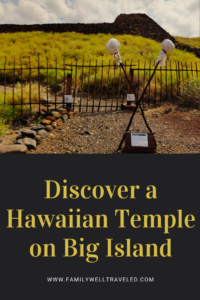

All photos and content are by Family Well Traveled and use of photos or content without permission will result in legal action.

1 thought on “See Where Kamehameha Became King”